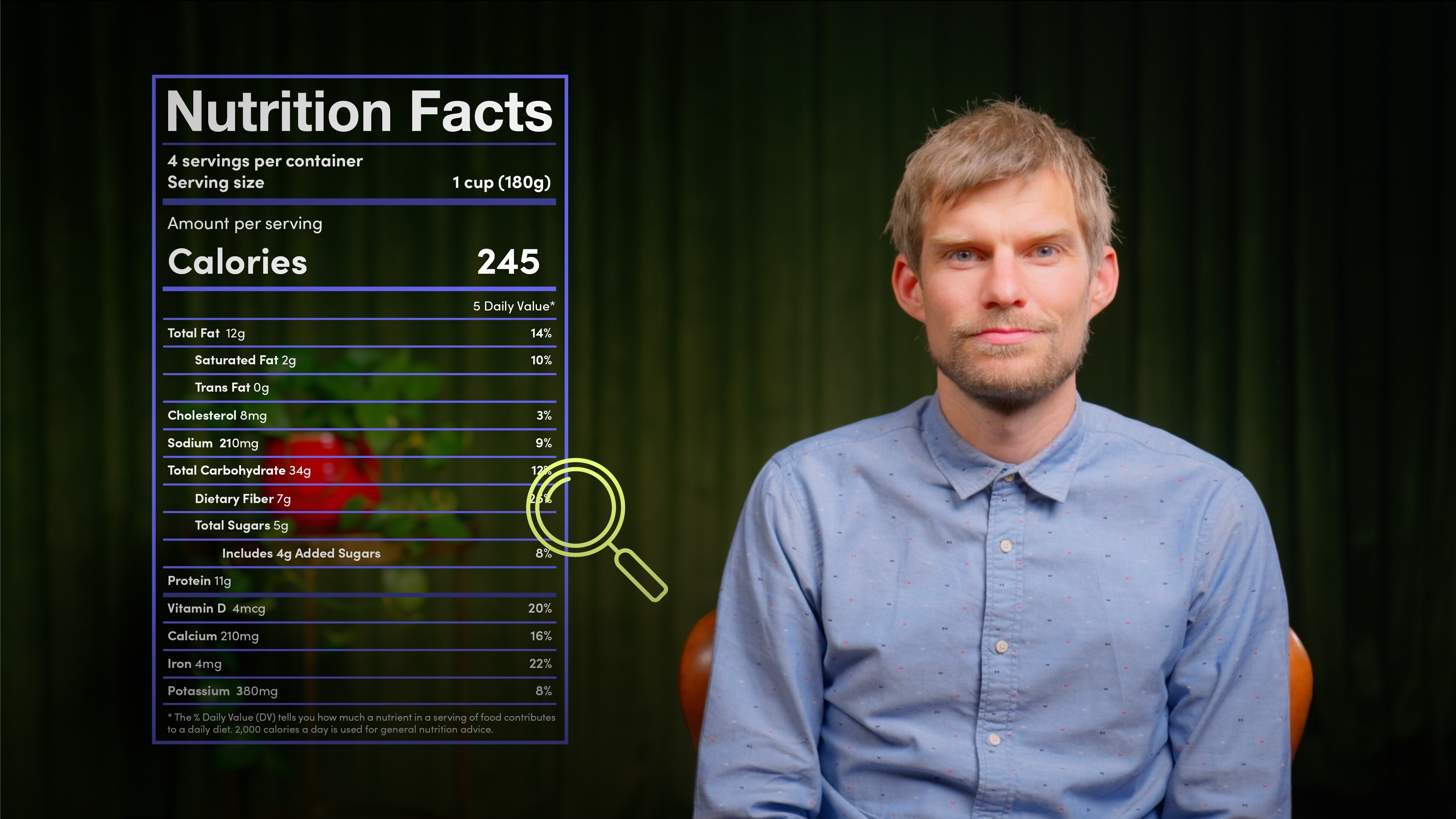What are some of the factors in the decision-making framework for regenerative agriculture that led to the 4 major themes?
- Scale
- Solvability
- Neglectedness
- Personal fit
- Leverage points
What are the 4 major themes of regenerative agriculture?
- Food as medicine
- Cooling the planet
- Payment for ecosystem services
- Corporate regeneration
Why is food as medicine a key theme in regenerative agriculture?
Regenerative agriculture doesn’t just stop at improving soil health—it also holds the key to revolutionising human health. Our understanding of nutrition has expanded beyond mere survival.
Nutritional value of our fruits and vegetables has drastically declined over the years. For example, carrots have lost 75% of their magnesium, and strawberries have lost 87% of their Vitamin C over just a few decades.
This comes down to how our food is grown. By emphasising speed and quantity over quality, we are leaving plants less time to absorb essential nutrients from the soil.
This decline in nutrition isn’t just bad for our food - it’s bad for us, too. Plants grown in biologically inactive soils, drenched in chemical pesticides, not only lack the nutrients they once had but also fail to develop the resilience that provides us with health-boosting antioxidants. The saying “you are what your food ate” rings truer than ever in today’s agricultural landscape.
How can better food reduce healthcare costs?
Investing in nutrient-dense food through regenerative practices could lead to significant reductions in healthcare costs, especially when it comes to preventing lifestyle diseases linked to poor diets like diabetes, heart disease, and obesity.
Programs like Erin Martin’s FreshRX in Tulsa, Oklahoma, have demonstrated the massive potential for savings. By providing 50 families with healthy, nutrient-dense food grown in biologically active soils, they saved nearly three-quarters of a million dollars in healthcare costs for just $150,000 invested.
What is the potential for investment in regenerative agriculture?
As we move toward a future where food is viewed as preventive medicine, the opportunities for investment are clear.
One area to watch is to invest in the seed industry. For example, Erwin Westers, a farmer, couldn’t sell his high-quality, nutrient-rich carrots to supermarkets because they opted for cheaper organic alternatives. Instead, he turned to selling his superior seeds to other regenerative farmers, demonstrating a model for how the focus on quality can be monetized.
Companies like Row 7 Seed Company, founded by Chef Dan Barber, are also leading the charge by focusing on flavour and nutrient density. Through initiatives like this, the financial returns come not just from immediate profits but from long-term benefits like healthier soils, lower healthcare costs, and more resilient ecosystems.
How does regenerative agriculture fit into the bigger picture of prevention over cure?
The overarching goal of regenerative agriculture is to shift from a reactive approach to health - treating illnesses after they occur to a proactive one, preventing them from happening in the first place.
This has enormous social and financial returns. We’ve already seen the ripple effects of nutrient-dense diets in programs like Fit4Surgery in the Netherlands, which prepares surgery patients with high-protein diets for better recovery. Now, the focus needs to expand toward how this can be integrated into preventive care at a larger scale.

































